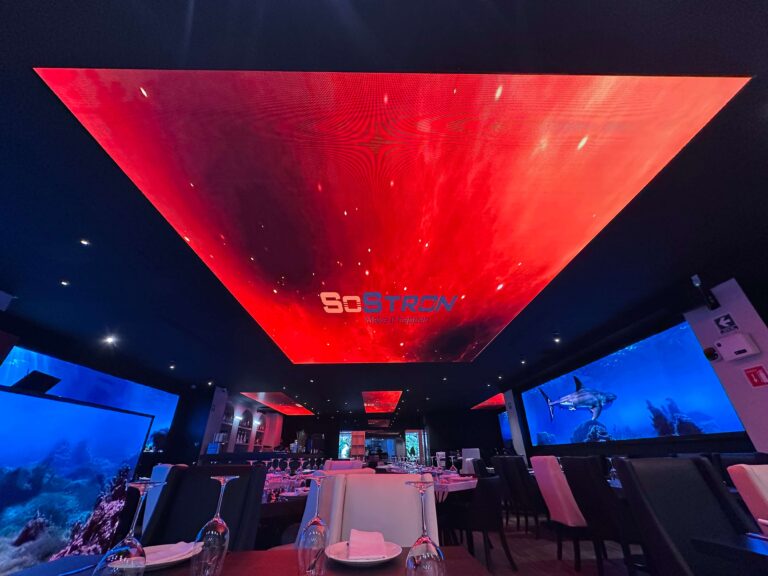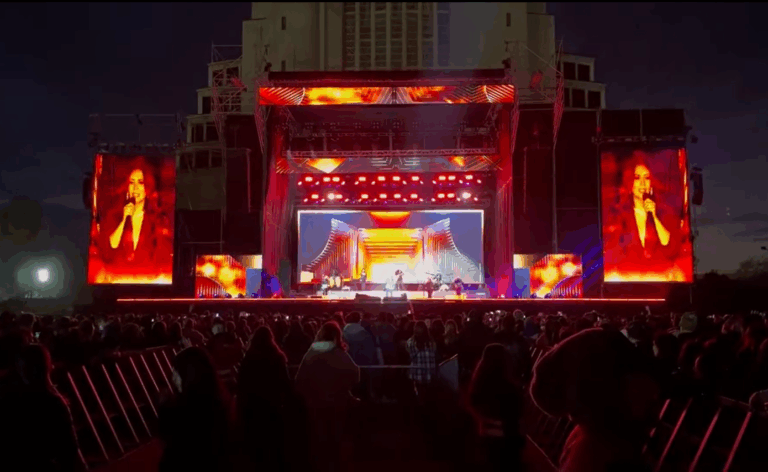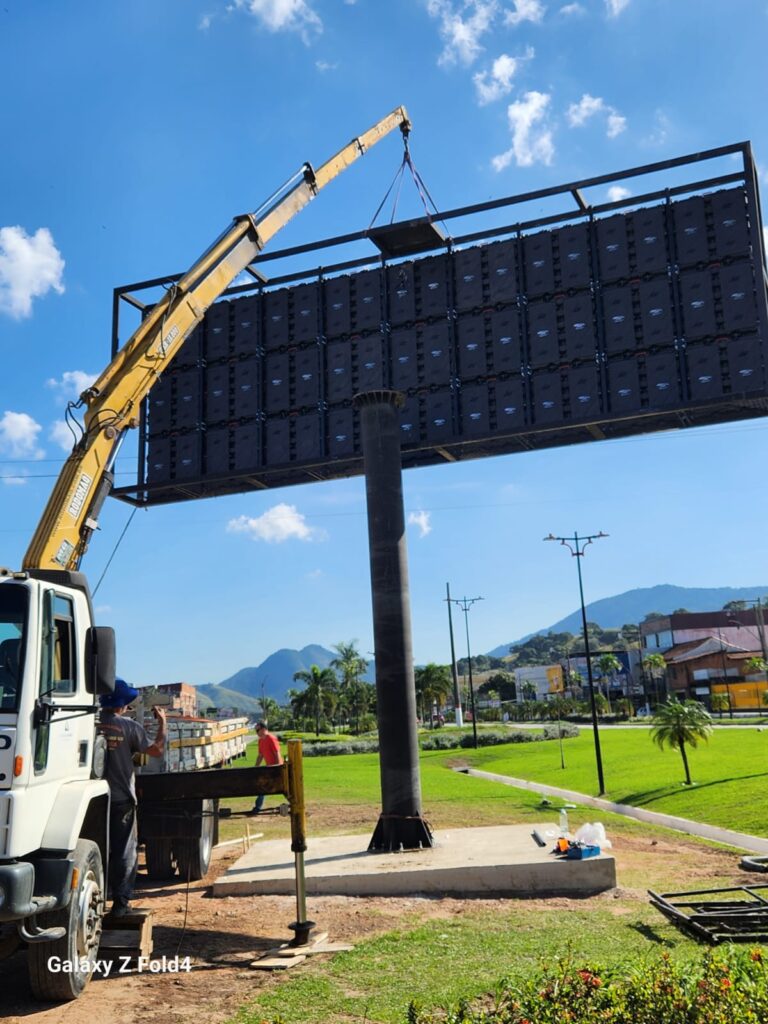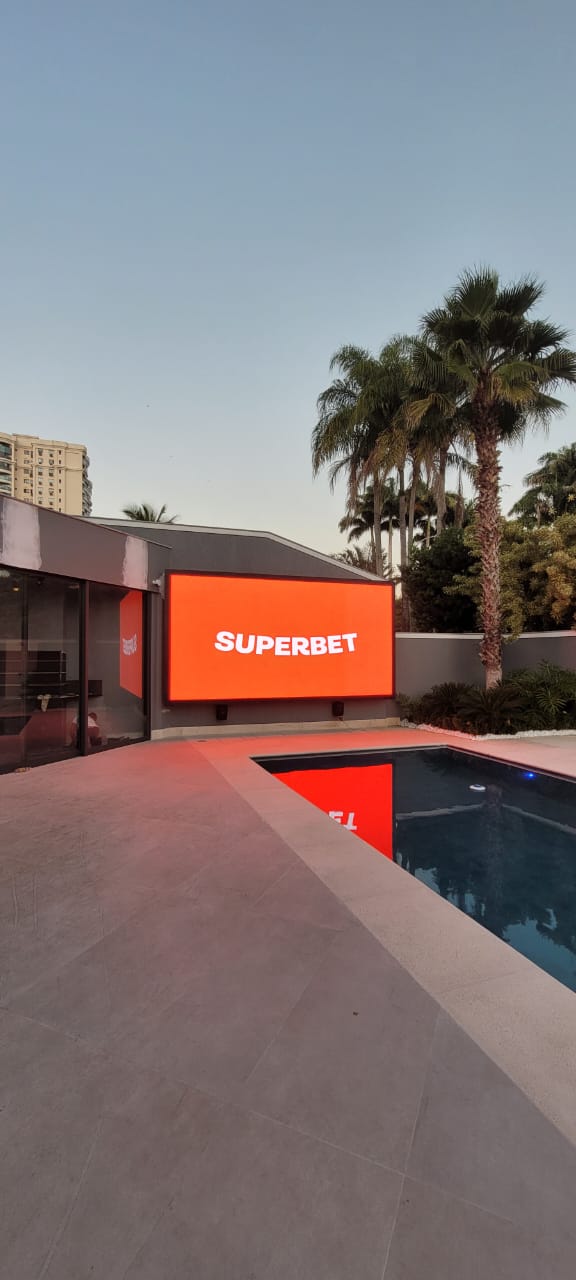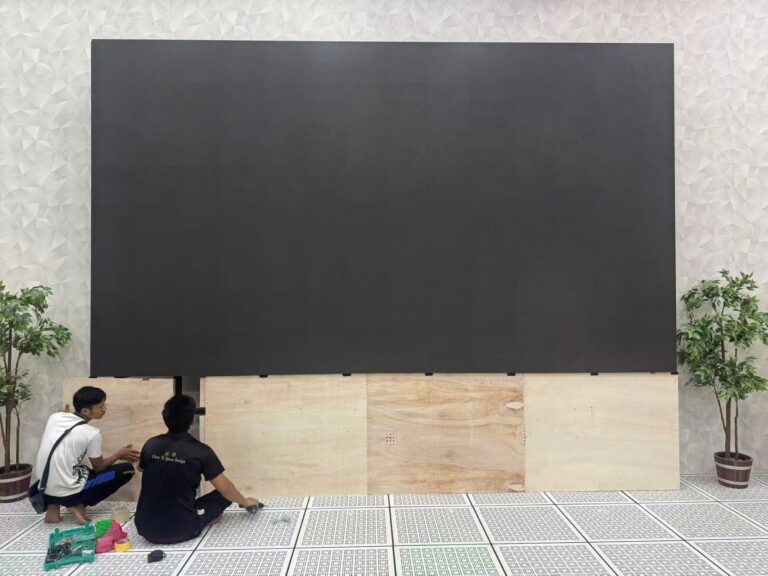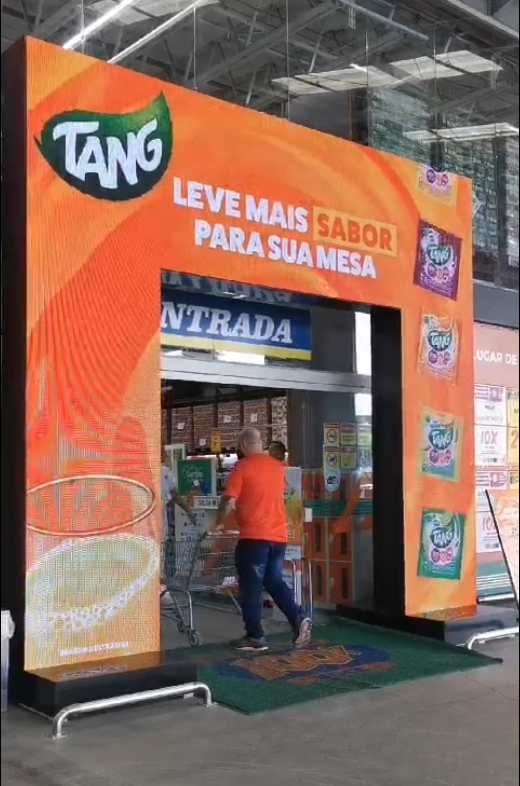As urban transportation continues to evolve, more and more bus companies are turning their attention to digitalization inside their vehicles. LED displays, as a vital medium for information delivery, have gradually become an essential component of smart bus systems. Today, we’ll walk you through a real-world project case to show how an indoor LED bus display system was implemented, along with a simple and practical solution for customers with similar needs.
1. Project Background: Public Transport Needs to “Move” and Also “Shine”
This project comes from a public bus group in a Brazilian city. The city experiences heavy traffic and has a large fleet of buses. To enhance the passenger experience, reduce errors in manual stop announcements, and open up new advertising revenue streams, the bus group decided to install indoor LED display systems across 300 buses.
Their goals were clear:
-
Enable automatic stop announcements and real-time information updates inside the bus
-
Promote government public service messages and commercial advertisements
-
Enhance the technological image of the bus system and improve passenger satisfaction
2. The Solution: A Stable, Clear, and Worry-Free LED System
To meet the client’s needs, we developed a complete solution combining automotive-grade LED displays with an intelligent control system:
a. Display Selection: Dedicated Bus LED Strip Display (P2.5)
-
High resolution with sharp text
-
Dual-language support (Chinese and English)
-
Custom sizes for perfect integration in the front display area
-
Shock-resistant, adaptable to extreme temperatures, and energy-efficient—ideal for bus environments
b. Control System: Smart Scheduling Backend + 4G Wireless Transmission
-
LED displays connect to the cloud via a 4G module for remote content updates
-
Supports GPS-based automatic stop announcements, integrated with the voice system
-
Backend enables unified push of weather updates, emergency alerts, commercial ads, etc.
c. Installation and Wiring
-
Hidden cabling and quick-release mounting—no damage to the bus body
-
Slim and lightweight display doesn’t obstruct the driver’s view
-
Installation time per bus averages just one hour, ensuring a controllable project schedule
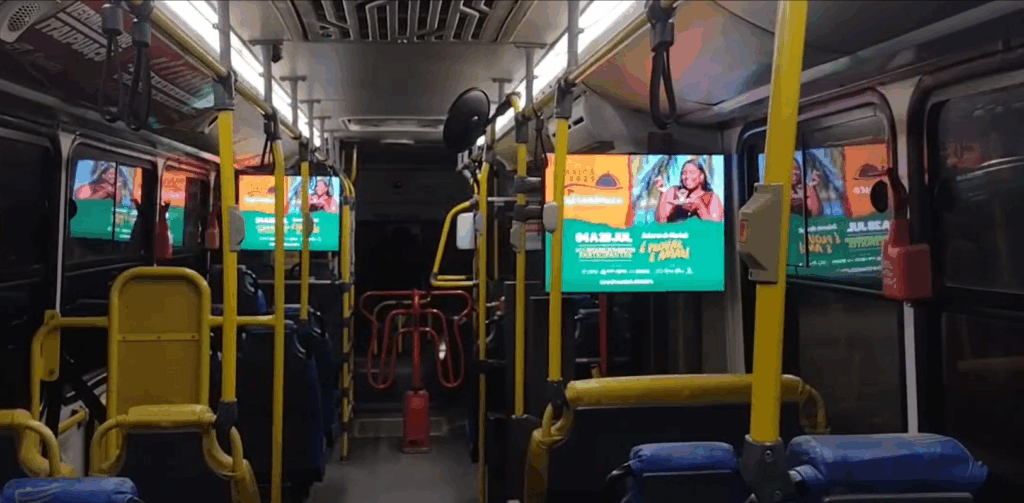
3. Customer Feedback: Practical Functions, Flexible Operations
After going live, the bus group gave very positive feedback:
-
Stop announcements became clearer, reducing passenger inquiries
-
Public messaging was uniformly delivered, earning praise from government departments
-
Commercial advertising found a new outlet, generating extra income
-
Maintenance is simple, the system is stable, and downtime is nearly nonexistent
They’ve already planned to roll out the same system in their next fleet of new-energy buses.
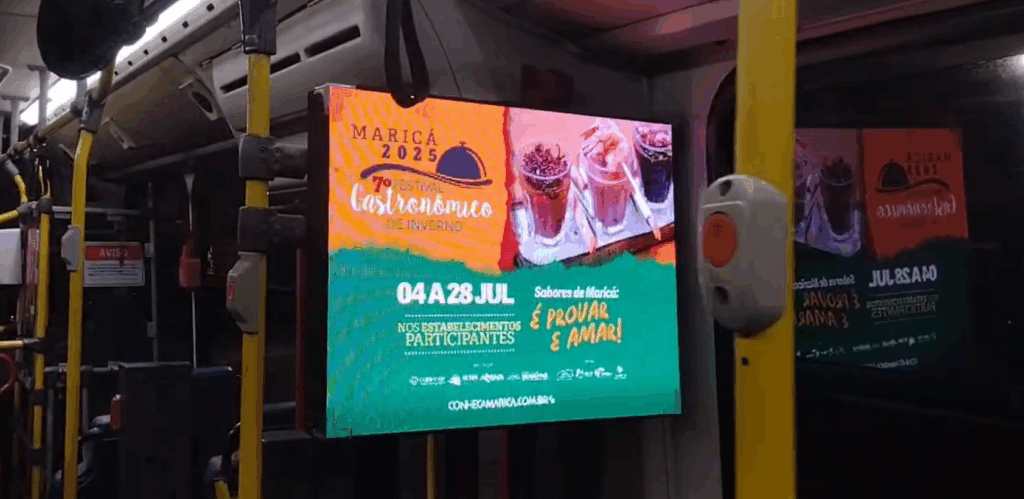
4. Where Is This System Suitable?
This type of indoor bus LED screen system isn’t just for big cities—it’s also ideal for smaller cities, shuttle buses, and sightseeing vehicles. Especially suitable for:
-
Smart urban transportation projects
-
Public service advertising networks
-
Tourist, school, and campus shuttle buses
-
Corporate commuter bus information push systems
5. Conclusion: Bus LED Displays Are More Than Just “Stop Announcers”
Today’s LED displays go far beyond being simple stop announcers. They’ve become vital bridges connecting passengers, dispatch centers, and information systems.
We strongly recommend clients planning to upgrade their bus services to include LED display systems early in the process. It’s a comprehensive upgrade in terms of technology, operations, and user experience.
If you have a project involving LED displays for buses or vehicles, feel free to contact us. We’ll provide a fully customized solution based on your vehicle model, route needs, and budget—turning every bus into a moving information hub.

